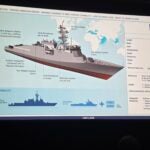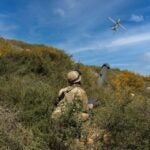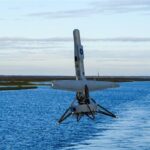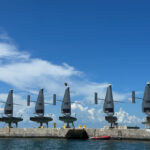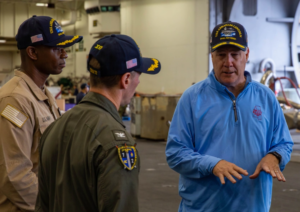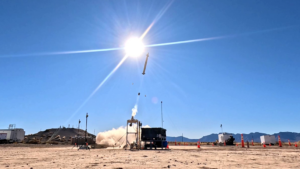
The head of the Senate Armed Services Committee (SASC) on Tuesday downplayed the potential national security significance of NASA continuing payments to Russia to get astronauts to and from the International Space Station (ISS).“I have a much bigger problem with the Russian rocket engine,” Chairman John McCain (R-Ariz.) told reporters at the Capitol. “I don’t see what the impact is, financially, of the Russian riding as compared with $300 million worth of rocket engines. There’s no comparison.”McCain has been leading…

